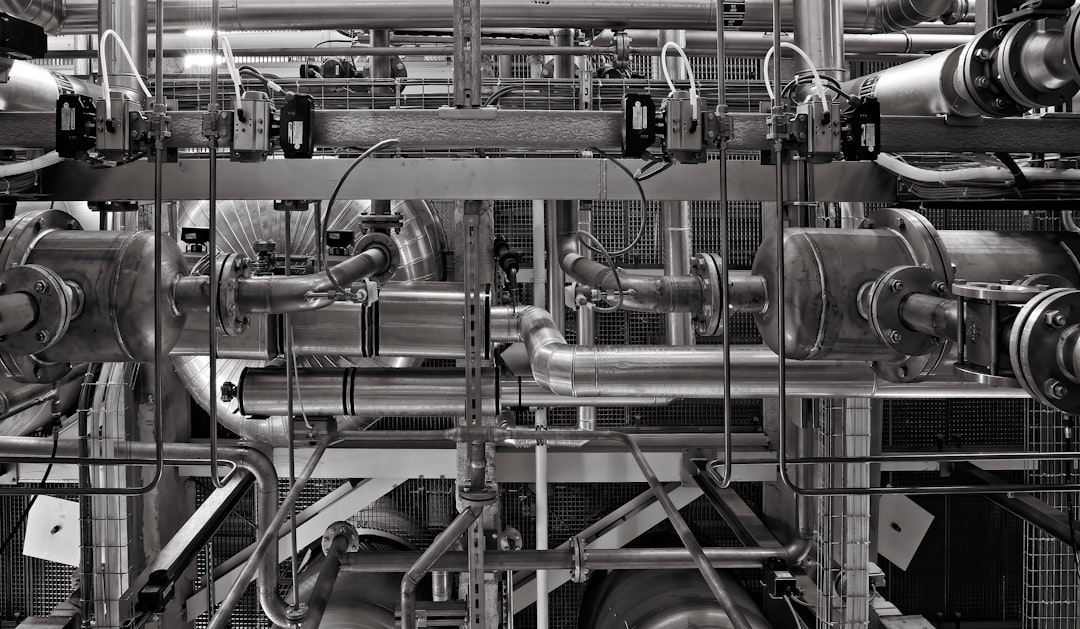Asset Criticality Ranking (ACR): An Introduction
A well-executed ACR can significantly enhance your teams ability to focus on critical equipment using a structured evidence based method.
Asset Criticality Ranking (ACR) is a strategic approach that facilitates businesses in identifying and ranking the importance of their assets. This process plays a crucial role in determining the allocation of resources, prioritizing maintenance schedules, and mitigating risk. A well-executed ACR can significantly enhance operational efficiency and reduce downtime. This article will delve into what ACR is, how it is conducted, and its benefits in asset management.

What is Asset Criticality Ranking?
ACR is a systematic process that ranks assets based on their importance or criticality to the organization's operations or processes. These assets can range from equipment and machinery to software and intellectual property. The 'criticality' of an asset is typically determined by assessing the potential risks and consequences associated with its failure.
Why is ACR Important?
ACR aids organizations in focusing their resources on the most critical assets, those whose failure would have the most significant impact on the business. It helps to prioritize maintenance activities, optimize spare parts inventory, and provide a basis for risk management and mitigation strategies. The end goal of an ACR process is to increase reliability, improve safety, and reduce operational costs.
The Process of Conducting an ACR
Conducting an ACR involves a structured approach. While the exact methodology can vary based on the organization's specific needs and the nature of its assets, the steps generally involve:
Asset Identification: The first step in the ACR process is to identify all the assets in an organization. This can be a broad range of items, from physical machinery and equipment to software systems and intellectual property.
Failure Mode Identification: For each asset, identify possible ways in which the asset could fail or not perform its intended function.
Consequence Analysis: Evaluate the potential impacts of each identified failure mode. This could include effects on safety, operations, environment, and compliance with regulations.
Risk Evaluation: Assess the risk associated with each failure mode by considering both the likelihood of the failure occurring and the severity of its consequences.
Ranking of Assets: Based on the evaluated risk, rank the assets. Those with the highest risk (high likelihood and severe consequences of failure) are considered the most critical.
Review and Update: Regularly review and update the criticality rankings as assets age, conditions change, or new information becomes available.
Key Benefits of ACR
Implementing ACR can yield several benefits:
Improved Decision Making: By understanding the criticality of assets, businesses can make more informed decisions about maintenance strategies, capital investments, and risk management.
Optimized Resource Allocation: ACR helps prioritize the most critical assets, ensuring that resources are allocated effectively, and maintenance efforts are focused where they are most needed.
Enhanced Risk Management: ACR provides a basis for developing risk management strategies, helping organizations to mitigate the risks associated with asset failure.
Increased Operational Efficiency: By focusing on maintaining and replacing critical assets, organizations can reduce downtime, improve reliability, and increase operational efficiency.
Regulatory Compliance: An effective ACR can help demonstrate to regulators that the organization is actively managing the risks associated with its assets.
Alternatives
Asset Criticality Ranking (ACR). The ACR is a systematic approach to evaluate and rank assets based on their significance to an organization's operations. However, it's not the only tool in the box. Here are four distinct strategies that could serve as potential alternatives:
The Risk Matrix: Operating on similar principles as the ACR, a Risk Matrix is a common tool that allows us to assess and categorize assets based on the probability and impact of asset failure. This matrix helps identify high-risk assets needing immediate attention and low-risk ones that can be attended to as resources permit.
Asset Priority Index (API): API could be perceived as a sibling to ACR. It involves assigning a priority score to each asset that encapsulates several factors such as the current condition of the asset, its operational importance, and the consequences tied to its failure. This scoring system efficiently guides resource allocation.
Weighted Scoring: This method brings a touch of mathematical precision to asset ranking. Each vital criterion such as cost, risk, potential benefits, etc., is assigned a weightage. Each asset is then scored against these weighted criteria. The final score is an amalgamation of these individual weighted scores, facilitating a balanced and comprehensive asset ranking.
Decision Tree Analysis: This technique adds a layer of sophistication to asset ranking. Each asset is associated with a decision tree representing various possible outcomes, the likelihood of their occurrence, and their subsequent impact. This method aids in identifying high-risk assets or those with a potentially high impact.
While each method is uniquely positioned to offer value, the best-fit approach is invariably dependent on the specific needs, risk tolerance, and circumstances of your organization. Exploring these alternatives can provide fresh perspectives, unlocking new avenues for asset management.
Conclusion
Asset Criticality Ranking is an essential tool in the arsenal of any organization that depends on assets for its operations. By identifying and prioritizing the most critical assets, organizations can optimize their maintenance activities, better manage risks, and ultimately improve their bottom line. While the process of implementing an ACR can be complex, the benefits it provides make it an investment worth considering.

